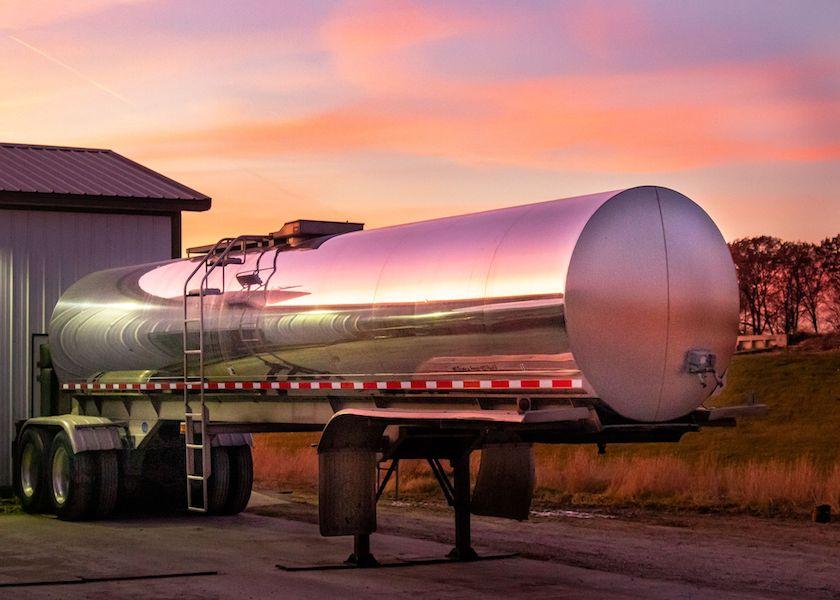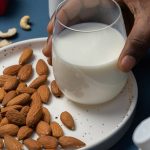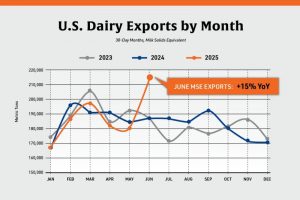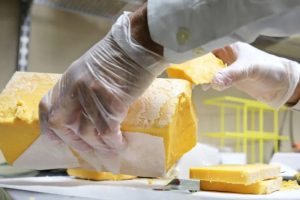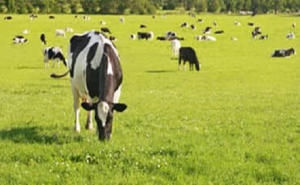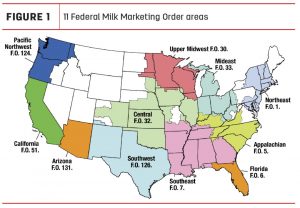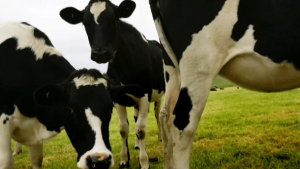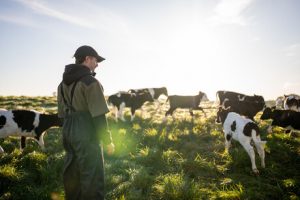
Not only have low milk prices been devastating to income this year, but it has been compounded due to low income over feed. The July Class III price was $13.77, down $1.14 from June and down $8.75 from July 2022. It was the lowest Class III price since May 2020 and the lowest price for the month of July since 2010. This has been a difficult time and one that will result in numerous farms going out of business. We cannot assume that those farms going out of business will all be small farms, but there will be some medium sized farms exiting the dairy business.
Even though milk prices are low, and feed prices are high, those who took part in the Dairy Margin Coverage program have received benefit under the program. Payments have been made to farms up to 5 million pounds of milk utilizing the higher level of coverage of $9.50 for a reasonable cost. Farms with milk production over 5 million pounds had the opportunity to purchase additional coverage at a higher price under a Tier 2 level. Even those farms which may have purchased additions coverage at a much lower level received compensation under the program depending on the level chosen. The most recent income over feed price for the month of June was $3.65 per cwt. This is the lowest income over feed since the Dairy Margin Coverage program or the former Margin Protection Program began in 2015. It is also the lowest income over feed price that I have record of. Although, the calculation of income over feed historically was based on a 16% protein dairy feed consisting of the price of corn, soybeans, alfalfa hay, and the All-milk price. Currently, the calculation used for the Dairy Margin Coverage program is corn, soybean meal, premium/supreme hay, and the All-milk price. So, any farm that purchased additional coverage under the lowest price level received compensation for the month of June.
The Dairy Margin Coverage program has provided substantial aid during this time of low milk prices. So far this year, payment received for those who took the $9.50 price level and have been under the 5-million-pound cap received payments of $1.56 for January; $3.31 for February; $3.42 for March; $3.66 April; $4.67 for May; and $5.85 for June. Payments received under the Dairy Margin Coverage program totaled $22.47 per cwt. and a record for payments. Larger farms received some benefit but on varying levels depending on milk production.
But now the question is whether milk prices have turned the corner and will remain higher are trend higher through the second half of the year. Seasonally, prices should increase as buyers look ahead to demand later in the year. Recent buying has lifted cheese and butter prices which has improved milk futures. However, there remains a certain element of caution as traders were quick to sell milk futures when underlying cash prices held steady during spot trading. It was not many months ago in which steady prices resulted in a substantial increase in futures prices. Now, the opposite is true. Traders wonder if the current prices are an actual reflection of the market or just a perception. Personally, I would think it is an actual reflection of the market. Milk production is slowing seasonally and impacted by increased culling. Cheese inventories have not been able to build so far this year and are currently near the same level as a year ago. If production continues to decrease and demand improves, inventory could decrease significantly. Confirmation of that trend would increase the interest of buyers to increase ownership. I do not think there will be a repeat of early 2022, but it may result in higher milk prices through the end of the year.
